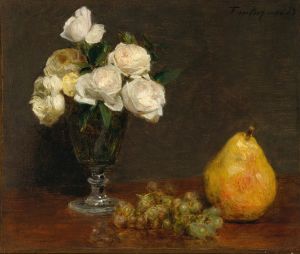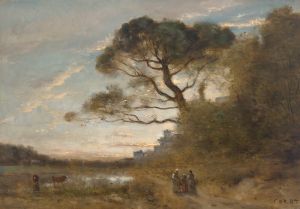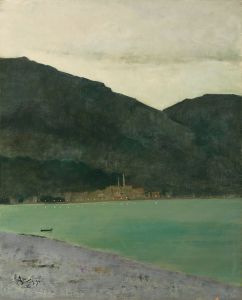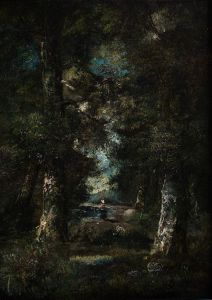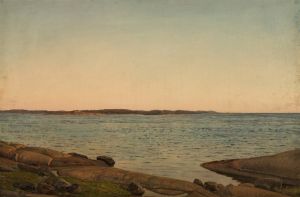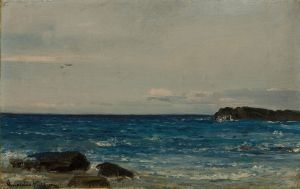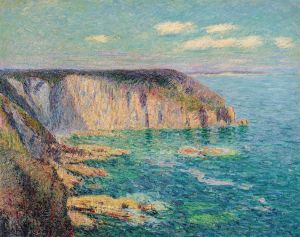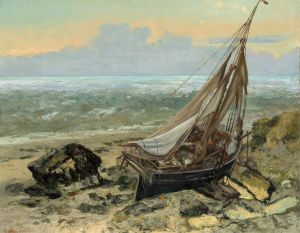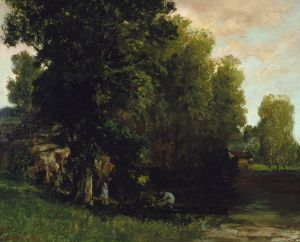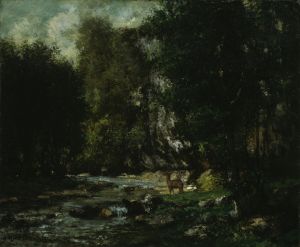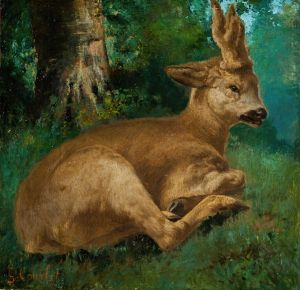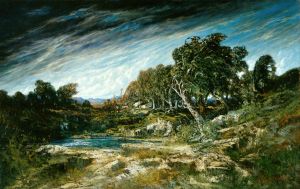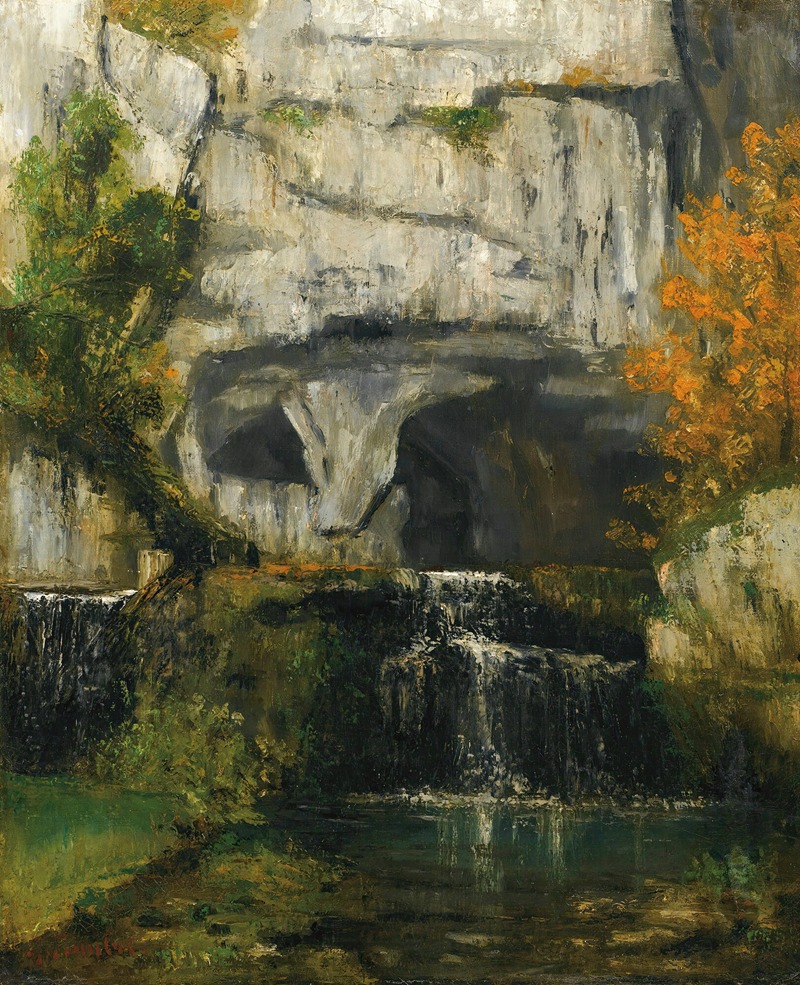
La Source Du Lison
A hand-painted replica of Gustave Courbet’s masterpiece La Source Du Lison, meticulously crafted by professional artists to capture the true essence of the original. Each piece is created with museum-quality canvas and rare mineral pigments, carefully painted by experienced artists with delicate brushstrokes and rich, layered colors to perfectly recreate the texture of the original artwork. Unlike machine-printed reproductions, this hand-painted version brings the painting to life, infused with the artist’s emotions and skill in every stroke. Whether for personal collection or home decoration, it instantly elevates the artistic atmosphere of any space.
"La Source du Lison" is a painting by the French artist Gustave Courbet, created in 1864. Courbet, a leading figure in the Realist movement, is known for his commitment to depicting everyday scenes and landscapes with a high degree of naturalism. This particular work exemplifies his dedication to capturing the raw beauty of nature.
The painting depicts the source of the Lison River, located in the Jura Mountains of eastern France. The Lison River is a tributary of the Loue River, and its source is a picturesque and dramatic natural spring. Courbet, who was born in the nearby village of Ornans, had a deep connection to the landscapes of this region, which frequently served as inspiration for his work.
In "La Source du Lison," Courbet presents a rugged and serene landscape. The composition is dominated by the rocky cliffs and lush vegetation surrounding the spring. The water emerges from a dark, cavernous opening in the rock face, cascading into a tranquil pool below. The scene is rendered with meticulous attention to detail, capturing the textures of the rocks, the movement of the water, and the play of light and shadow.
Courbet's technique in this painting is characteristic of his broader approach to landscape painting. He employs a palette of earthy tones, with greens, browns, and grays predominating. The brushwork is varied, with some areas of the canvas displaying fine, precise strokes, while others are more loosely painted, creating a sense of depth and atmosphere. This combination of detailed observation and expressive technique is a hallmark of Courbet's style.
"La Source du Lison" reflects Courbet's belief in the importance of painting directly from nature. He often worked en plein air, or outdoors, to capture the immediacy and authenticity of the natural world. This approach was in contrast to the more idealized and romanticized landscapes of earlier artists, and it aligned with the Realist movement's emphasis on depicting the world as it is.
The painting is also notable for its absence of human figures, which allows the viewer to focus entirely on the natural scene. This choice underscores Courbet's interest in the landscape itself, rather than using it as a backdrop for human activity. It invites contemplation of the beauty and power of the natural world, a theme that recurs throughout Courbet's oeuvre.
"La Source du Lison" is housed in the Musée d'Orsay in Paris, which holds an extensive collection of Courbet's works. The painting is considered an important example of his landscape painting and a testament to his skill in capturing the essence of the natural environment. It continues to be admired for its technical mastery and its evocative portrayal of the French countryside.
In summary, "La Source du Lison" by Gustave Courbet is a significant work within the Realist movement, showcasing the artist's dedication to naturalism and his deep connection to the landscapes of his native region. The painting's detailed depiction of the Lison River's source, combined with Courbet's expressive technique, makes it a notable example of 19th-century landscape painting.





